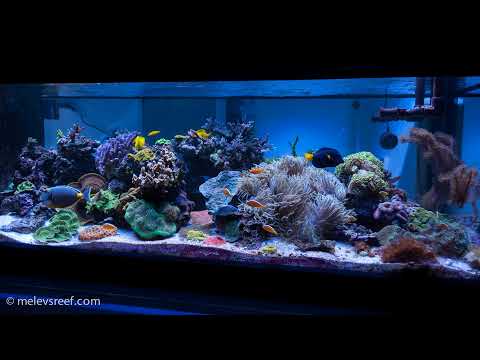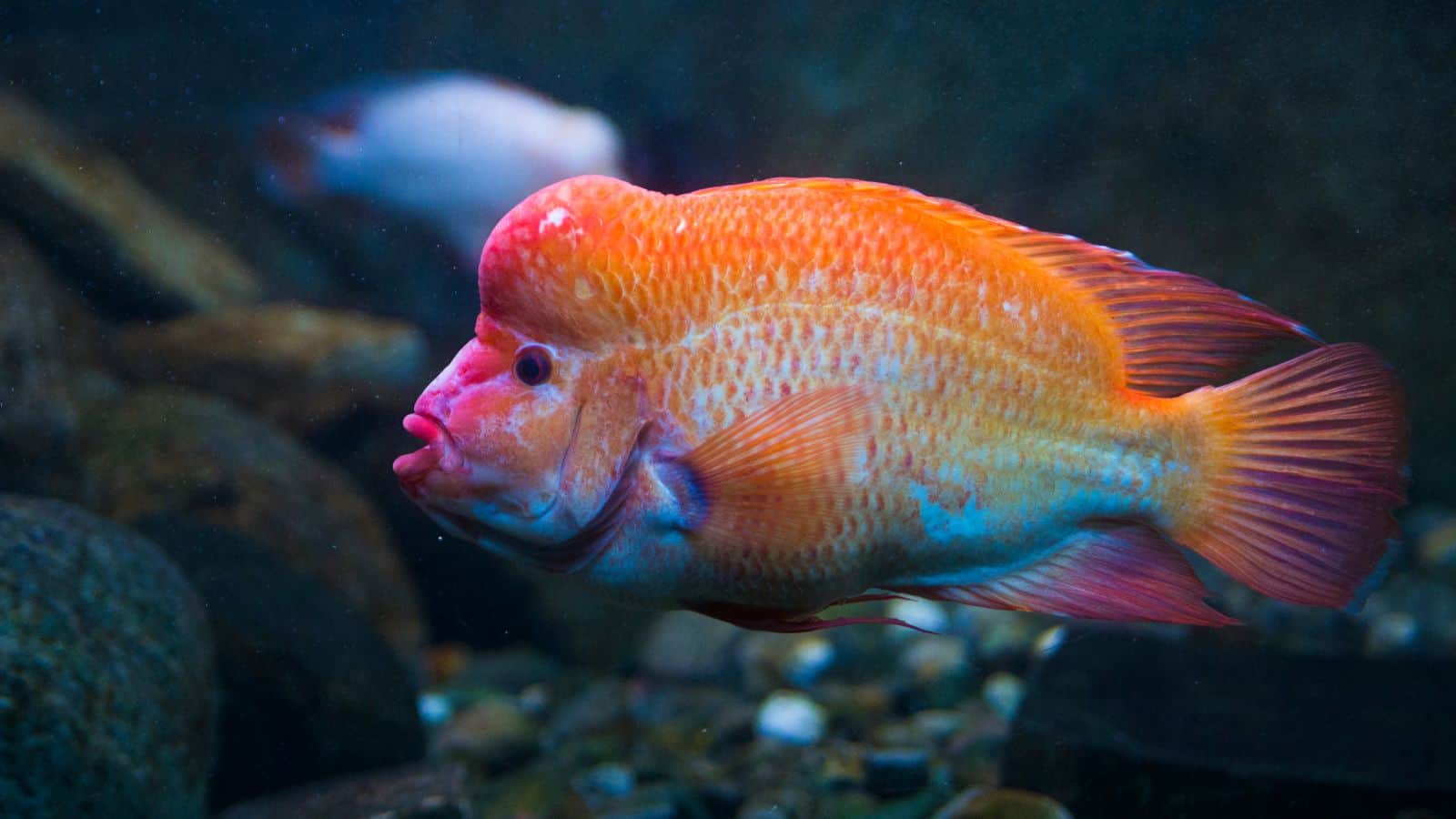There are so many aspects to succeeding with a reef tank but one of the first ones, and one of the most important ones, is good source water. Unless you are buying/using natural seawater (and even if you are you will still need to top evaporation with freshwater,) then that base freshwater that gets mixed with a dry salt is of paramount importance.
In the Western world, most tapwater is a mix of purified, recycled wastewater containing a soup of elements and chlorine or chloramine that water authorities deem clean enough for drinking. In a perfect world, we could use that water, unaltered, for our aquariums but chlorine and chloramine are dangerous and harmful to the beneficial bacteria we culture (it is added to water to kill bacteria,) levels of phosphate and nitrate may be higher than we would like for culturing corals, and depending on if the tapwater is hard or soft, calcium, magnesium and other elements may vary.
Tapwater dechlorination
Unless you know your tapwater is completely free of chlorine and chloramine, if you were to use it in a fresh or saltwater aquarium, at the very least a liquid dechlorinator should be added, or the tapwater should be prefiltered through carbon to remove it. In a basic fish-only set-up, fill a bucket with tapwater, dechlorinate, add salt mix, measure specific gravity, and you are away.
Unless that is, the nitrate level is at 40ppm or more, in which case you will be fighting a losing battle from day one, and every time you change the water you may actually increase the nitrate level in the aquarium. Not good. But if your nitrate and phosphate are low, and you dechlorinate your tapwater is okay for a fish-only saltwater tank. It won’t be okay for topping up evaporation though. We’ll explain why later.
HMA
If you are blessed with very pure, low nutrient tapwater then you may be able to use that for a reef aquarium. Most heavy users of tapwater (like Discus keepers,) forgo liquid dechlorination in the end and instead install a tapwater filter on their mains water feed to remove chlorine and other non-desirables from their source water.
An HMA (Heavy Metal Axe,) is one such device, using simple pods, and mechanical and chemical media to remove not only chlorine but heavy metals from your water too. This is a halfway house between tapwater and reverse osmosis water and, water test dependent, will be a good enough source water for fish-only tanks and perhaps some reef tanks, before mixing with salt. But we always recommend testing it first.
Reverse osmosis water
If you own a reef tank and are going to invest in an HMA and produce your own source water at home, you may as well invest in a reverse osmosis unit. Reverse osmosis pushes prefiltered tapwater through a membrane that is fine enough to strip it of most of its elements and nutrients, leaving almost pure product water. For the last thirty years, reverse osmosis has been the go-to method of producing pure water for both fresh and saltwater aquariums and even koi ponds. Reverse osmosis water can be so pure that it is vacuous and devoid of elements, which is no good even for soft, freshwater fish like Discus, so it should always be remineralized for freshwater.
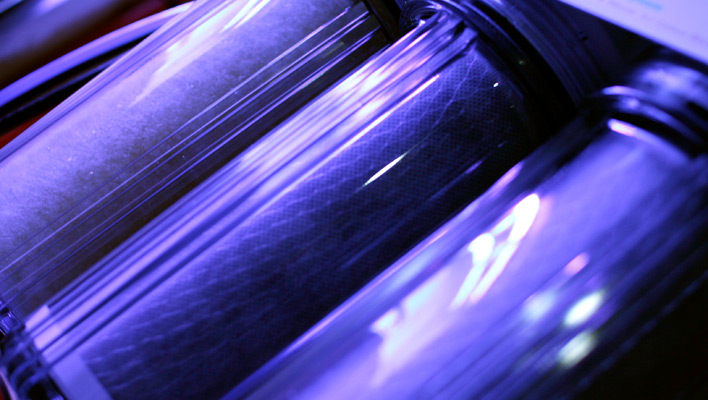
If adding a synthetic salt mix, you can remineralize first too, but most reefkeepers don’t, and rely instead on the elements in the salt mix to replace what was filtered out by the membrane. Decades ago the first commercially available salt mixes were made to be mixed with tapwater, or well water, which already contained some minerals. When the hobby (and stores,) made a wholesale change to using reverse osmosis source water, “reef” recipes were born, compensating for the purity of RO while providing extra levels of elements like calcium and magnesium, which corals consume as they build their skeletons. Modern reef source water had arrived.
Deionized water
Deionized water has always been around – people use it in irons and car radiators, as it too is very pure, and devoid of nutrients and minerals. This makes it a suitable source water for reef aquariums, both for mixing with reef recipe salt mixes and on its own as top-off water. If you buy DI water (for cars,) or use a DI unit on its own with “dirty” tapwater, the resin saturates quickly and it is not cost-effective.
So for the past twenty years, we have been combining both reverse osmosis, containing a sediment filter, carbon filter, and a membrane, to filter tap water first, and then pass it through a DI pod at the end to make the pure RO water even purer. It’s a winning combination and one that we use ourselves on all reef tanks, both commercially and at home.
TDS
Total Dissolved Solids is one way of measuring the purity of our product water. It can be used to measure any freshwater and the higher the number, the more solids (minerals,) are in the water. In London, UK, the TDS of tap water may be 500ppm, and a good RO unit should bring that down to less than 20ppm. Many RO units come fitted with inline TDS meters and they can show the TDS of both water coming in and going out of the unit. If the level starts to rise, it’s time to change the filters.

Fit a DI unit after an RO unit and the two combined should be able to produce product water with a TDS of zero, and that’s what reefers aim for as a base water to mix salt into and to use for topping off evaporation. If you produce RO/DI water with a TDS of zero, monitor it regularly, and even if the TDS rises to 5ppm, its time to change the filters, and probably the DI resin.
ICP testing
ICP testing can be used to test the element makeup of tapwater, HMA water, RO, DI, saltwater mix, and natural seawater can all be sent away and analyzed by ICP, and that can help you make a decision on which source water to use. A TDS meter is a good thing for at a glance monitoring when your RO/DI needs servicing, but even if you have a TDS of 5ppm, a TDS meter won’t tell you the makeup of exactly what is making it through the sediment, carbon, RO, and DI, and that’s important.
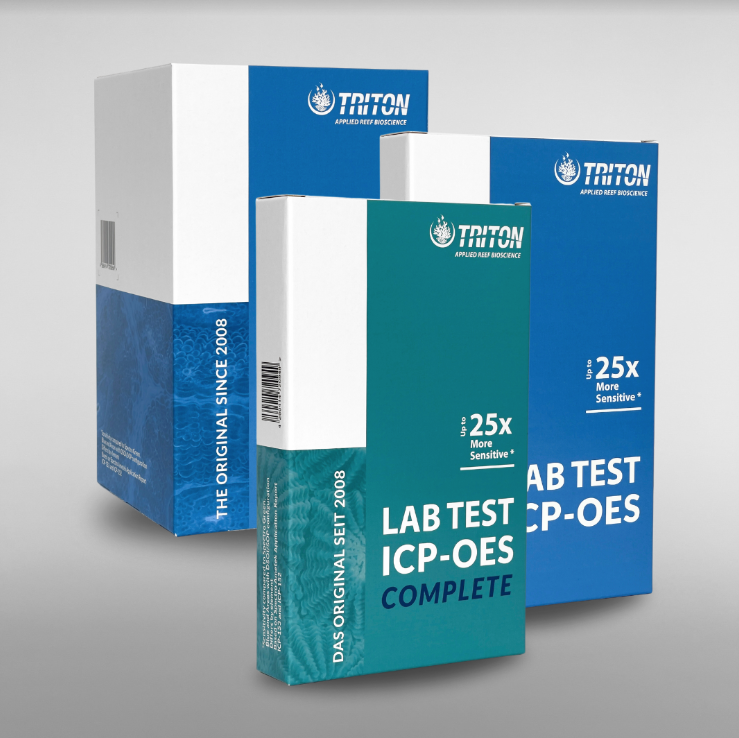
We sent away some 5ppm product water for analysis and it revealed lots of nasties that we didn’t want in our reef aquarium including arsenic! And that’s why ICP can be such a useful tool, both for reef aquarium sample salt water, but also for the “pure” source water you are using to mix up your salt and top off with.
The guessing game
100 different things can negatively affect coral health, from element ratios to nutrients, to nibbling fish, pests, and parasites, let alone lighting and flow. So when a newbie enters their LFS with a water sample in hand, asking why their corals aren’t doing very well, a good in-store aquarist dons their deerstalker hat and begins an investigation into what the cause could be. The first thing to test is salinity. Is the person’s tank salty enough, the salt level too high, or too low, that’s the first thing (barring temperature,) that will cause a coral to close-up.
With dozens of elements in that salt mix at ratios close to natural seawater, the salinity matters then too, as if salinity is low, key parameters like Calcium, Magnesium, and Potassium will be low too, without the need to go any further. Get salinity right first.
If salinity is right, KH, calcium and magnesium, nitrate, and phosphate (the big five,) can all be checked and remedied, but if temperature, salinity, lighting, flow, and the big five are all as they should be, it’s time for an ICP test. ICP tests test for dozens of elements in fresh and saltwater, at very high accuracy, and down to very low levels. A simple traffic light system will tell the tank owner if elements important for coral survival are present in the water and if they are either within range, too high, or too low. Too low, and the corals may have used them up or they may have been skimmed off and depleted by protein skimming. Too high, and the detective work circles back to that all-important source water.
What are using as source water? Where are you making/buying your source water from? Which salt mix are you using and what source water are you using for topping up? Expect to be asked these questions as the aquarist attempts to narrow down what is a very wide field of potential suspects into one possible route cause, water. If you’re using tapwater, it may contain heavy metals, nutrients, and chlorine. If you’re using HMA or a carbon block filter, nutrients and other undesirables may be getting through. If you’re using RO, how high is the TDS in your product water, and if you use RO/DI, is your TDS at zero, or has it crept up over time? We recommend that you use RO/DI water with a TDS of zero and that you ICP test your tank’s saltwater, as well as its fresh product water for topping up, as you never know. Get forensic on your source water, test it regularly, fix it by changing the tapwater filters, membrane, and resin to achieve a TDS of zero, and ICP test it from time to time. Do that and source water won’t be a source of contamination anymore, nor will it build up to become a problem in the future.
Contamination buildup
So we can see why established reef tanks can develop problems over time, just via the source water. Even a small amount of a contaminant can make its way into your tank via a saltwater change or top-off water, and via your ATO, that invisible toxin will be added every day, build up, and cause problems. Less than perfect source water is one of the most common problems we see in reefing and for once, a water change (with the same bad source water,) won’t solve it.
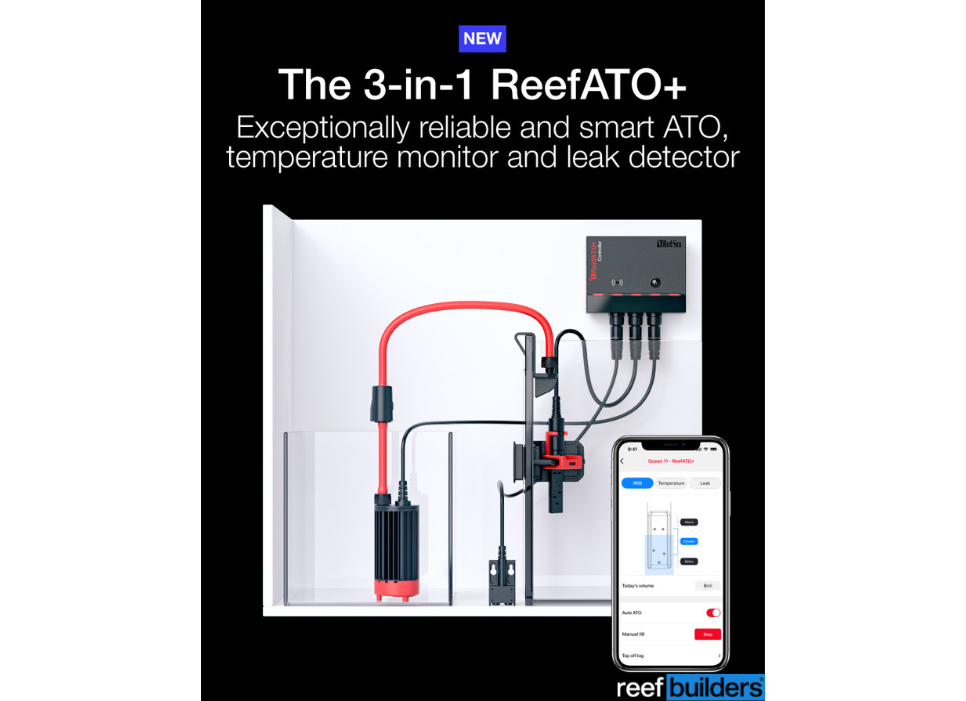
Top-off water should also be absolutely pure, for topping up evaporation both in freshwater and saltwater aquariums. When water evaporates it takes nothing with it, leaving nutrients and trace elements in the tank. Top up with zero TDS source water and your tank water will remain perfectly in balance. Top up with tapwater and the nutrients and elements will go into the tank each time but be left behind by evaporation, building up every time. The same goes for HMA, RO, and DI if the TDS is not at absolute zero. Pure source water is fundamental to reef aquariums for set up, topping off, and water changes. And it’s one of the most important lessons that any new reefer should learn.

